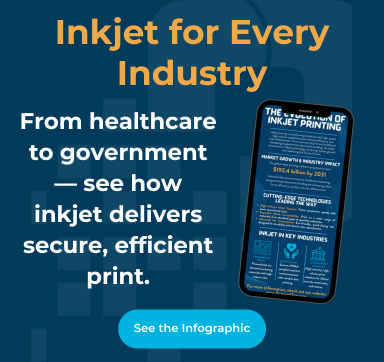It’s still early enough in January that people are making and keeping resolutions. While a lot of individuals are busy pledging to make changes for their growth and development, business owners sometimes neglect to make plans for positive changes that will affect their business for the year ahead. Yes, it’s easy to get bogged down with the day to day concerns of running a successful business, but neglecting the health of your organization can come with detrimental side effects.
When you’re a business owner or decision maker, your eye is on customer support. You’re so busy trying to maintain their delight that you sometimes let things like IT services fall by the wayside. It’s not until things break that you’ll call “Amy’s brother’s cousin” who’s “really good with computers” to come by to fix things. Or, better case scenario, you have technology solutions in place, but you’re finding that maintaining those, taking the time to research upgrades, and install patches is becoming a full-time job.
When your focus is divided between too many aspects of your business, things can start falling through the cracks. It is beneficial to consult with professionals to see what IT service your business could benefit from. Chances are, there are managed IT services near you, and you could start benefitting from the peace of mind that comes with their support. Here are a few of the top reasons you should resolve to invest in managed IT in 2020 and beyond.
1. Complacency can leave you blindsided.
Sure, your computer support is good enough, but would it hold up in a cyberattack? Imagine what would happen to customer data if an attack compromised it. Not only would information be stolen, but the long-term reputation of your business would also suffer damage, possibly irreversible.
Having managed IT services can protect your systems in case of disasters as well. What if a flood knocked out your businesses’ physical location? Would you have backups in place to recover and restore your data? Or would you suffer downtime while you scrambled to get network support and files restored? Disaster recovery is a part of the services offered by managed IT, leaving you with the peace of mind that if something were to happen—from a power outage to a tornado—your business would still be up and running. Taking advantage of cloud services like a disaster recovery and business continuity plan is a significant first step for companies looking to upgrade their infrastructure.
2. You don’t want to be left behind.
Second to gaining and retaining customers, staying competitive in today’s marketplace is the most important thing you can do for your business. When you’re trying to do everything yourself, however, finding the time to increase competitiveness often takes a backseat to day-to-day customer support.
Several of your competitors, however, are already reaping the benefits of using a managed services provider. While they’re benefiting from better running technology and happier employees (who aren’t spread as thin and working as hard), you’re busy with a downed network or an ecommerce site that’s being glitchy for the sixth time this month. Outsourcing these issues to a trusted IT partner can free up time to keep you competitive.
3. Enhanced IT infrastructure supports every part of your business.
In 2020, there’s not a piece of business and the buying process that doesn’t touch technology. From customers researching products online, to customer service representatives fielding calls, and finally, customers entering a store (either in person or online) to make a purchase, transactions occur with the help of technology. The best support structures should be in place to help your business function and thrive.
When transactions occur, either from a purchase or a customer filling out a website form, do you have the latest network security and privacy measures in place to keep applications and networks safe? What about email? Are your internal messages making it through completely and safely? If you had a sudden surge in traffic to your website, could your existing infrastructure support the changes? These are all questions an assessment from a managed IT provider would be able to answer for you, leaving you time to focus on customers’ needs.
4. You have the freedom to work from wherever your clients are.
Imagine you could pick up and travel to wherever you like, whenever you want—knowing that your business would be up and running while you were gone and when you got back. Because managed IT services don’t take sick days and don’t have downtime, you can take your business with you to seek out a new lead, attend a conference or training, or feel safe knowing that you can take a vacation without having to put out fires. Managed IT can help with out-of-office connectivity, keeping files safe in the cloud, and setting up offices with collaborative software so employees can stay connected. Cloud computing technology allows for a more flexible workplace.
On a smaller scale, having managed IT services also allow you to take a work-from-home day to stay with a sick loved one, all while benefitting from improved connectivity and without losing access to files.
5. Increased uptime means lower costs and saving money.
The goal of every sized business is to have a strong bottom line. When your company operates at top efficiency and has improved network performance—because your computer support is operating as such—you have less downtime, you free up employees from mundane tasks, and they spend their time growing the business. Also, you spend less money maintaining, replacing, repairing, researching, etc. technology parts, services, replacements, etc.
Luckily, the changes you make in 2020 don’t have to be large ones. Start with some business self-care—sign up for a complimentary Managed IT Services assessment from SumnerOne and get a clear view of your business needs.
 FREE EBOOK DOWNLOAD
FREE EBOOK DOWNLOAD
















